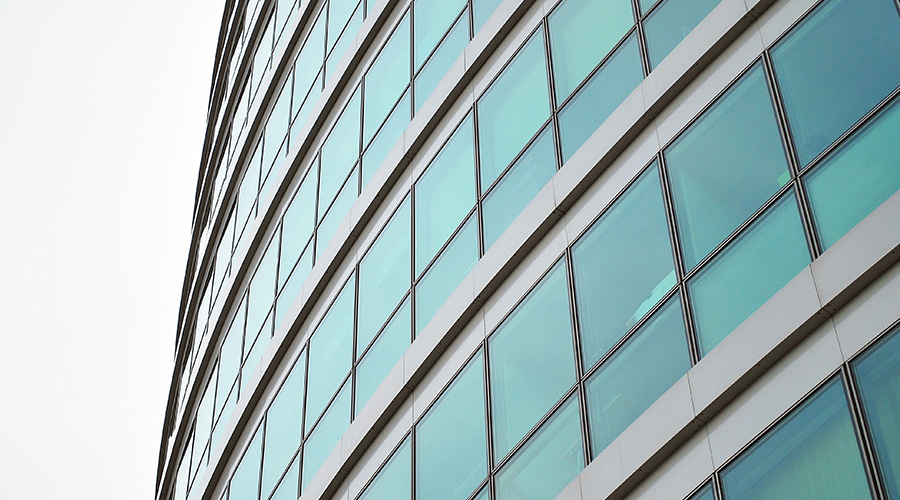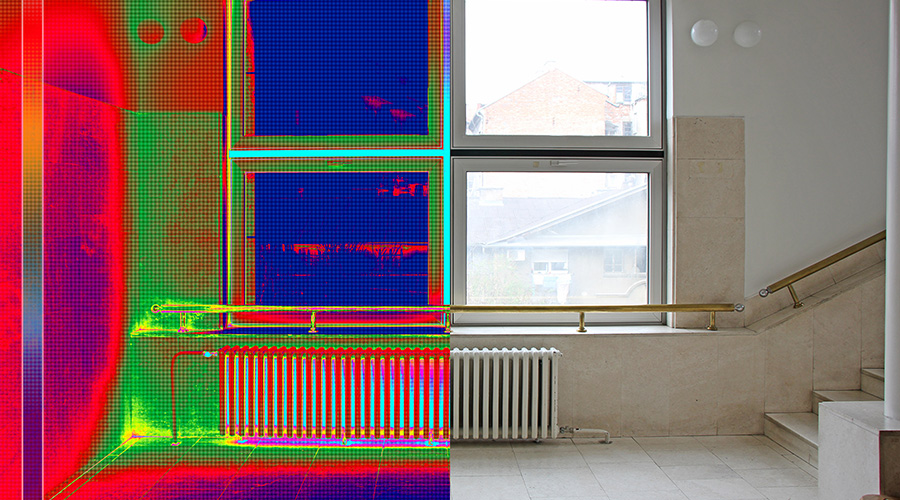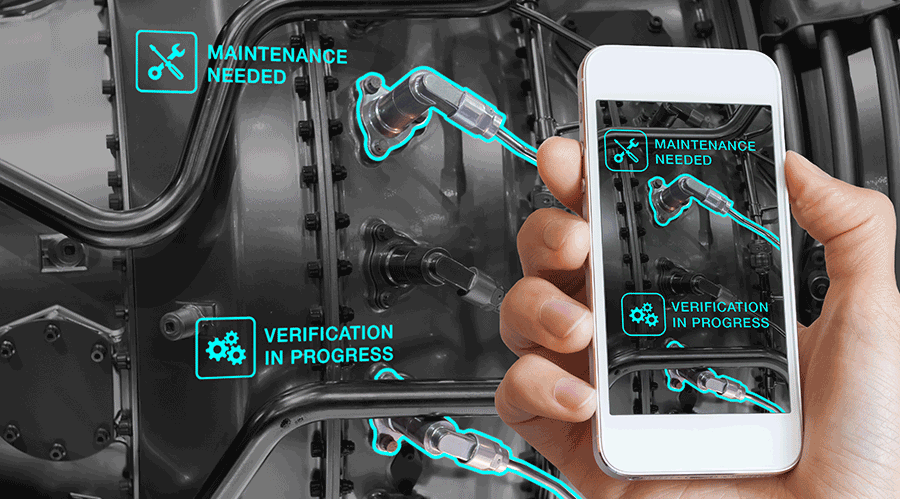Audits, Employee Education Put More ‘Green’ in Cleaning Programs
A number of steps can help facility managers continually put more "green" in their cleaning programs, including auditing the programs, educating employees, and keeping an eye out for further innovations. Here's a closer look at each.
Audit the green cleaning program regularly: As with any ongoing function, strict adherence to a green cleaning program can wane over time, as the initial interest fades and other responsibilities take on greater importance. Doing a regular audit of the program can minimize the degree to which compliance falls off.
Ashkin says he recommends regularly checking the orderliness and product inventory available in the janitors' closets or storerooms. If dozens of chemicals are kept in inventory, the staff may be using more than necessary.
Many employees prefer to keep more than they need on hand to reduce the risk of running out, Gjeloshi says. Of course, the amount of supplies necessary will vary with the headcount and building size. Over-ordering, however, can add 20 to 30 percent to expenses, he notes. The staff may feel comfortable using more product than necessary if they know there's plenty on hand. Moreover, with today's information systems, it's easier to keep inventory levels lower without adding to the risk of running out.
Educate employees: "Well trained, well-informed employees make much better decisions," Gjeloshi says.
That holds true in green cleaning as in other job functions. Indeed, labor accounts for about 70 percent of the cost of cleaning, Ashkin says.
Balek recommends involving front-line workers in the planning and implementation of green cleaning initiatives. Doing so can both prompt feedback critical to the success of the program and garner buy-in.
That's key, given that not all employees will welcome the changes. To be sure, some will appreciate knowing that the products they're using are less toxic and harmful. Others, however, may view the change as yet another management fad that simply will make their work more difficult, especially if they perceive the new products as less effective.
When many cleaners aren't fluent in English, they may identify the product they need to use simply by its color or the logo on its container, Ashkin says. Introducing new products, of course, upsets the cleaners' methodology and can cause confusion.
Demonstrating the effectiveness of the products is key. "You'll meet resistance until you demonstrate there are products that will clean as well as what they've been using," and don't require more time, Corbett-Shramo says.
One example is micro-fiber cleaning cloths. When they were first introduced, some workers disliked them because they had to be rinsed out, Gjeloshi says. To overcome their resistance, the firm did side-by-side comparisons of micro-fiber and traditional cleaning cloths. Employees saw how much better the micro-fiber products trapped dirt. "Now, if I tried to take them away, they'd scream," he says.
Keep an eye on further innovations: Over the past few years, a number of sanitizers with no or almost no chemicals have entered the cleaning market, Elliott says. For instance, some turn simple tap water and salt into a cleaning solution. Another example: diamond-encrusted pads for floor care. Rather than stripping and cleaning floors with chemicals, these oscillate to scour the material. It's done without chemicals and more quickly than some traditional cleaning methods can accomplish this task, Elliott says. In part, that's because many chemicals require time to work, and then some must also be neutralized.
Antimicrobial coatings are another innovation. These can help protect against micro-organisms like bacteria and germs.
Ultraviolet (UV) light boasts cleaning capabilities as well. UV radiation can penetrate the cell walls of some organisms, destroying their ability to reproduce. As a result, it's effective at inactivating many viruses, spores, and cysts. And because it's a physical process rather than a chemical disinfectant, the need to generate, handle, transport, or store hazardous chemicals is reduced.
Make it easy: A number of established programs and initiatives offer green cleaning roadmaps. One example is the ISSA Cleaning Industry Management Standard-Green Building, Balek says. These initiatives can be used as starting points when evaluating green cleaning programs.
Leveraging the programs and information already available can provide facility managers more time to stay abreast of and implement new best practices as the field of green cleaning evolves.
"The industry is evolving to beyond the concept of green," Elliott says. "They want products with the least amount or no chemicals."
Karen Kroll, a contributing editor for Building Operating Management, is a freelance writer who has written extensively about real estate and facility issues.
Related Topics:













